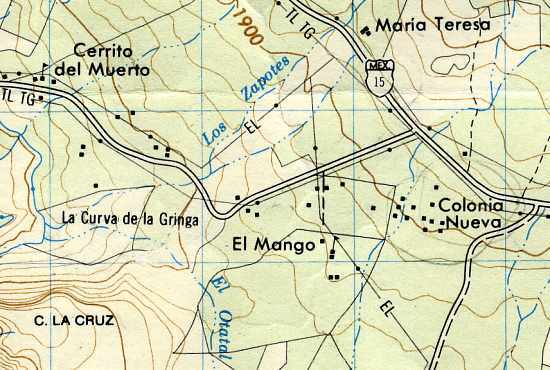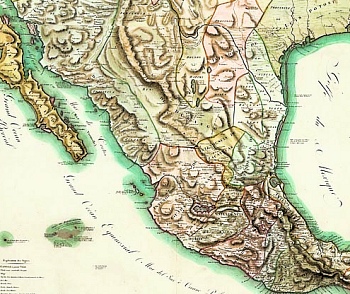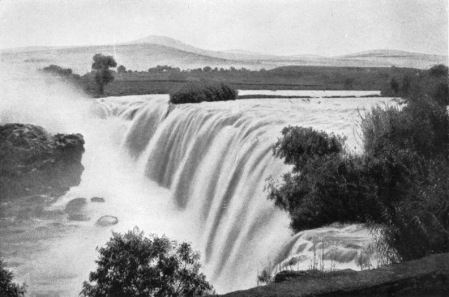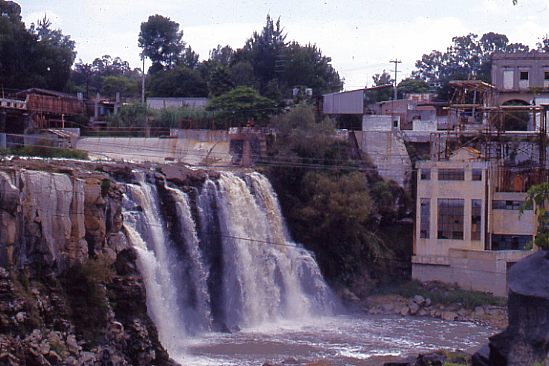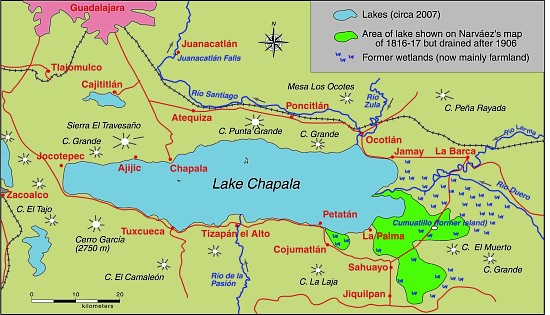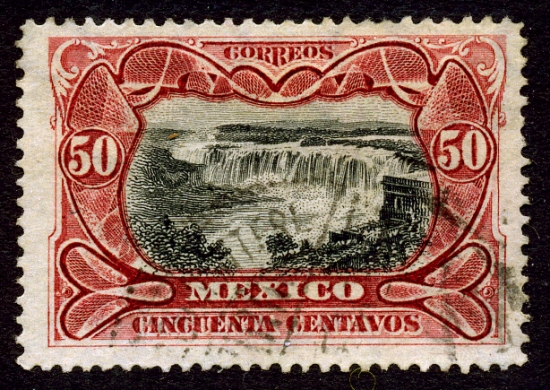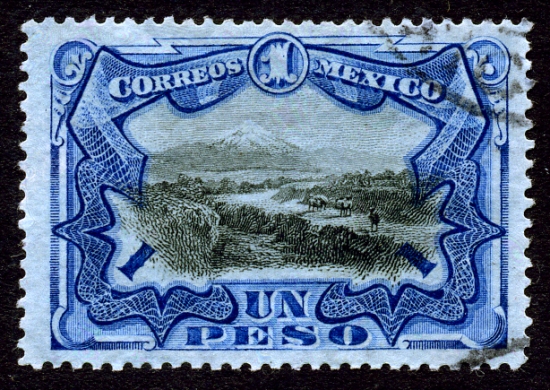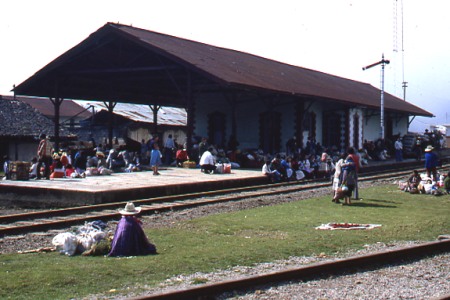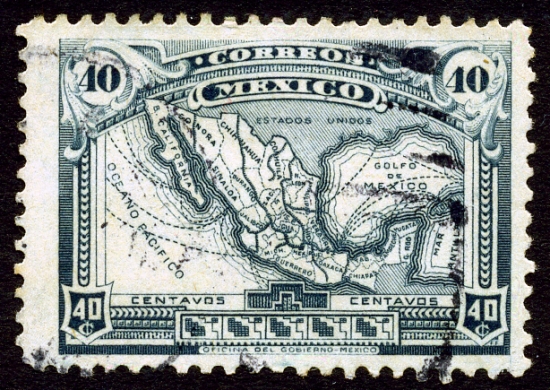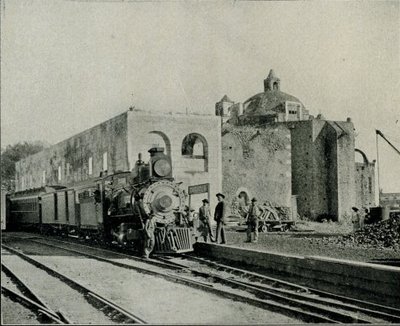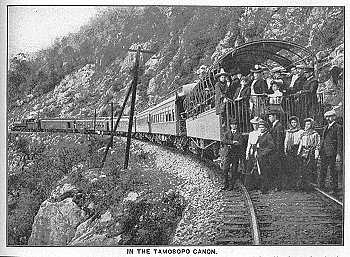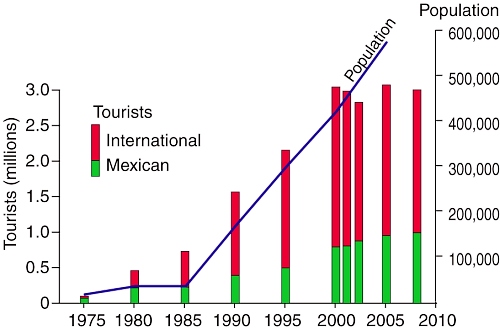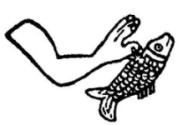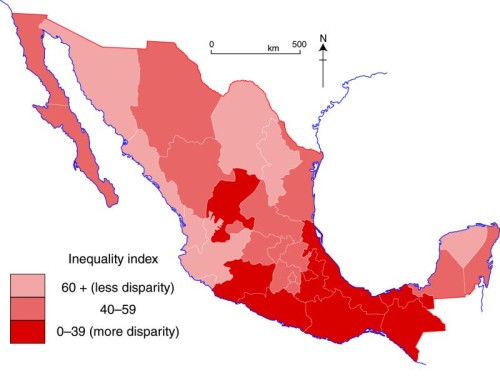An earlier post described the weather forecasting system known as las cabañuelas.
In this post, we look at the possible origins of such an unusual and distinctive system.
Is the term cabañuelas derived from the Mayan language?
The historical origins of the word cabañuelas are unclear. Some sources claim that the system’s roots lie in the Old World, and go back well before the Spanish colonization of the New World. Writing in Mexico Desconocido, Homero Adame claims that the origins date back to the Zumac, or “Festival of Luck”, in the Babylonian calendar. The term cabañuelas may be connected to the Hebrew version, which was the “Festival of the Tabernacles”. Adame also points out that twelve days in the middle of winter were used in India to forecast the future weather conditions. He applies the lore of las cabañuelas to the weather experienced in the city of San Luis Potosí in 2001, finding that it does a fairly good (though not perfect) job of predicting the weather later in the year.
However, an alternative viewpoint is argued by Graciela Minaya, in an article originally published in 1945, in La Nación, a Mexico City daily. She views las cabañuelas as an example of the common heritage of the ancient indigenous peoples of Mexico, central America, and the larger Caribbean islands, that was passed down from one generation to the next. This would explain the variability in details from one country to another.
In her view, las cabañuelas were probably handed down from the Maya. The Maya calendar had 18 months, each of 20 days, followed by five additional “non-month” days. The Maya version of las cabañuelas used the first 18 days of the first month to predict the weather for the year (18 months). To complete the system, the 19th day of the first month predicted the weather for the summer solstice and the 20th the weather for the winter solstice.
The Maya version was known as Chac-chac. For those who are curious, the 18 months are: pop, uo, zip, zots, tzec, xul, yakin, mol, chen, yax, zac, ceh, mac, kankin, muan, pax, kayab, cumhú. The spare 5 days are known as uayeb. The days of each month went in the following order: ik, akbal, kan, chiechán, cimí, manik, lamat, muluc, oe, chuen, eb, bon, ix, men, cíb, cabán, eznab, cauac, ahua, imix. Minaya argued that the 16th day, cabán, gave rise to the word cabañuelas, presumably because it had some additional significance, perhaps in terms of some other calendric calculation, or time-marker.
The testimony of Román Pané, a monk of the order of St. Geronimo, who accompanied Columbus on his second voyage, lends credence to the idea that las cabañuelas originated in the New World. While in Haiti, Pané recorded the fact that “these Indians know by consulting their gods and observing the first days of the year which days will be good, which will be bad, which will be rainy and which dry.” (Loosely translated from what is the earliest purely ethnographic treatise on American Indians.) Pané, incidentally, is thought to have been the first person to take tobacco back to Spain.
How did the Maya come up with the system in the first place? They had already undertaken sophisticated astronomical observations and had developed advanced mathematical and calendric systems, even to the point of being able to predict the arrival of some comets. So, perhaps by long and patient observation of their weather patterns, they had also amassed evidence of cyclical weather phenomena.
Whatever their origin, las cabañuelas occur every January, giving everyone an opportunity to record the weather and see how well they work during the coming year. It is not at all unusual in early January, for example if the 8th of the month is cloudy and rainy, that someone will exclaim, “¡Ay! es que estamos en la cabañuela de agosto” (We are in the August cabañuela).
Should you hear this, you’ll know exactly what they are talking about! Both Chac, the Maya rain god, and Kukulcan, the Maya wind god, will be proud of you!
This is an edited version of an article originally published on MexConnect. Click here for the complete article
The climate of Mexico is discussed, with several maps, in chapter 4 of Geo-Mexico: the geography and dynamics of modern Mexico. Climatic hazards, such as hurricanes, droughts and floods, are looked at in detail in chapters 4 and 7.
Mexico’s cultural geography and cultural landscapes are discussed in chapter 13.
